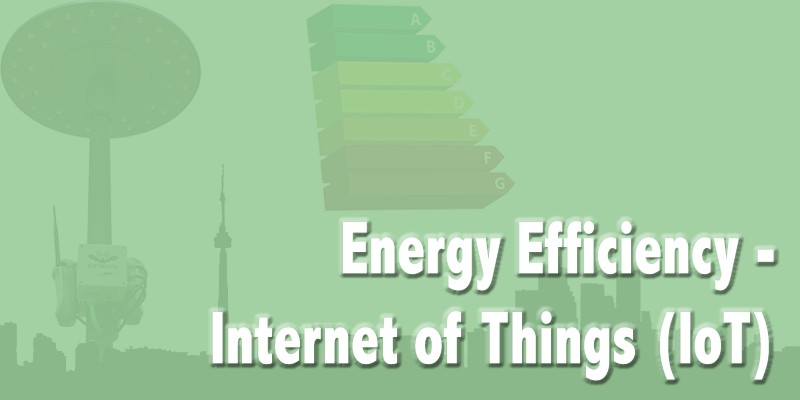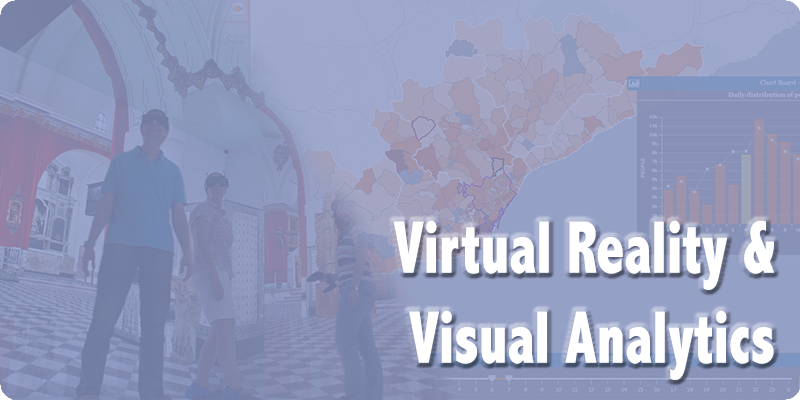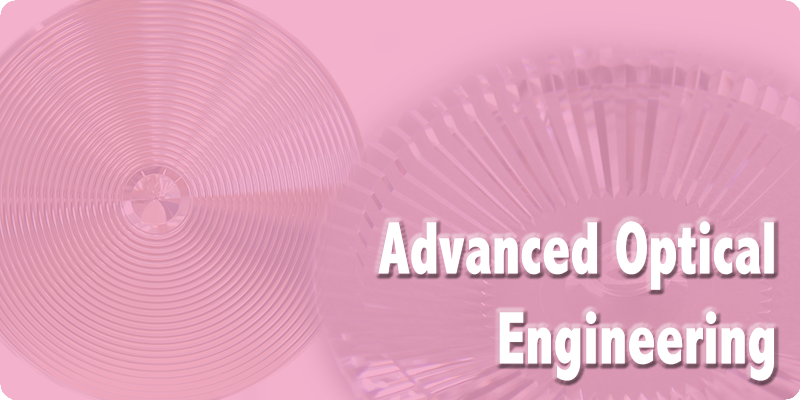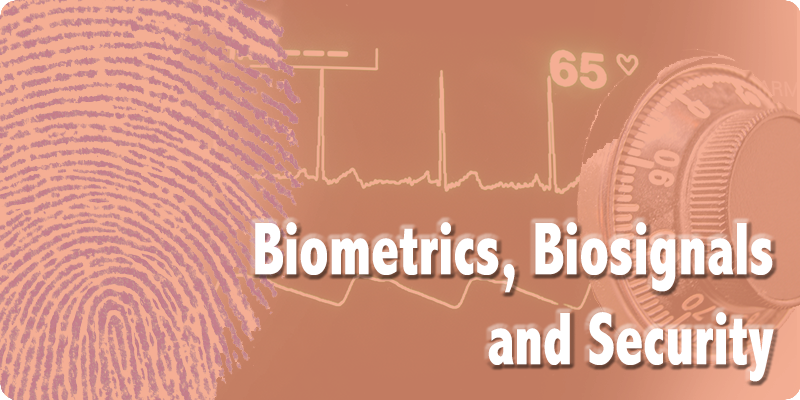 |
The Energy Efficiency and Internet of Things (IoT) group at CeDInt has a wide background in the communication protocols and control technologies for energy efficiency most used in industry. Its scientific activity is focused on the development of new intelligent ICT-based systems integrating ambient intelligence and context awareness algorithms for the implementation of energy efficiency strategies in buildings and other environments. More specifically, the group has a broad experience in the development of Open-IoT (Internet of Things) standard based in open software and hardware that comprise wireless networks for monitoring and control (energy consumption, ambient parameters and presence of users) and middleware platforms for intelligent control of buildings and other infrastructures (street lighting, Industry 4.0, etc.).
|
 |
The activity of the Virtual Reality Group in CeDInt is mainly focused on the development of virtual reality, augmented reality, mixed reality, natural interaction and tracking, computer vision, and visual analysis applied to problem solving and technological challenges in areas such as: security, surveillance, smart environments and personalized automated assistance, surgery, legal and forensic medicine, architecture and landscaping, and visualization of complex data to support decision making (for instance Smart Cities).
|
 |
The Advanced Optics group of CeDInt specializes in the development of new photo voltaic concentration systems that optimize cost, tolerance and conversion efficiency of conventional photo voltaic systems. Development of advanced optics for lighting systems with application to both interior and exterior lighting. Optical signaling systems for automobile industry and special applications. Image forming optics applied to improve proyection systems, panoramic cameras for video surveillance (both visible and IR) and compact telephoto lenses. Research in sub-lambda high resolution systems. Development of next generation optical sensors (predictive maintenance of electrical networks)
|
 |
Biometrics Research Lines cover design of bio-metric identification systems (monomode and multimode techniques security evaluation and life subject detection). Stress detection systems by means of physiological signals. Analysis and detection of bio-markers in human scent for medical and bio-metric applications. Public key cipher (elliptical and hipper-elliptical curve, secure protocols for cipher and signature). Cripto-biometry specially based in iris and fingerprint geometry. Computer security. Medical imaging analysis.
|
 |
The Wireless Optical Communications Group (Grupo de Comunicaciones Ópticas Inalámbricas – GCOI) focuses its research on to non-guided optical communications including both experimental developments of specific communications systems and theorical studies of the transmission channel in closed environments.
|
 |
In this recently launched research area, both the technical and economic perspectives on the next generation of telecommunications infrastructures (FTTx, Docsis 3.0, 4G, etc), contents and applications (on-line media, mobile apps, etc) are examined with a look at their sustainability and their usage in the home and personal environments. Emerging paradigms such as context-awareness, immersive media and Internet of things are specifically considered.
|